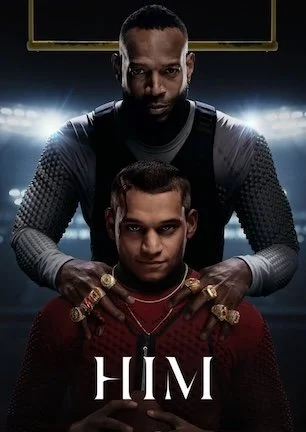Studio: Lionsgate
Director: Shunji Iwai
Writer: Shunji Iwai
Producer: Shunji Iwai, Tim Kwok
Stars: Kevin Zegers, Keisha Castle-Hughes, Amanda Plummer, Trevor Morgan, Adelaide Clemens, Yu Aoi, Kristin Kreuk, Rachael Leigh Cook
Review Score:
Summary:
A high school biology teacher recruits suicidal girls online who willingly allow him to drain them of their blood.
Review:
2011 was a peak year for vampires in entertainment. In its fourth season, the HBO series “True Blood” premiered that summer to its most watched episode ever and equaled its third season record for total viewers by the Fall. Meanwhile at the movies, “Twilight: Breaking Dawn – Part 1” broke the franchise record for worldwide box office revenue. Kids even had the animated feature “Hotel Transylvania,” while Tim Burton and Johnny Depp brought a ballyhooed adaptation of “Dark Shadows” to the big screen. With the fabled bloodsuckers cresting on a surge of popularity, how is it that a film titled “Vampire” starring recognizable faces took until 2013 to find a home video release?
The delay in distribution is possibly because there are no traditionally defined vampires to be found anywhere in the film. Although “Vampire” does not feature any of the mythological creatures of the night, the title is not a misrepresentation.
When he is not tending to his Alzheimer’s addled mother, high school biology teacher Simon prowls a website in search of young girls. He is not at risk of being surprised by Chris Hansen, however. His is a fetish of a different variety. Simon befriends suicidal teenagers already committed to dying and offers a peaceful exit by exsanguination. The jars of blood collected than satiate his desire to drink it in the way that an alcoholic craves vodka. Blood consumption is not part of a fantasy for Simon. It is an uncontrollable vice.
“Vampire” is a dark drama about sad people with fractured minds and cracked emotions. The story endeavors to portray people desperate for human relationships as they cope with various levels of depression and unfavorable life situation. The word “vampire” in this instance is metaphorical for the leeching dependence that one person seeks from another in an effort to feel vibrantly connected to life.
One scene does offer a brief tour inside a gathering of self-styled goths and blood freaks with an unhealthy passion for plasma and all things Dracula-related. There is also a gruesome murder sequence involving a perpetrator other than mild-mannered Simon. Otherwise, whether or not the deaths depicted onscreen constitute homicides is akin to the pros and cons arguments made about Jack Kevorkian. Simon offers broken spirits a tranquil solution, even if it ultimately serves his own interests. Similarly, whether or not “Vampire” can be considered a horror movie is up for just as much debate. It may not focus on fangs and throat punctures, but the physical and emotional tragedies it does show are nonetheless disturbing on a level other than visceral.
“Vampire” unfolds quietly while using a handheld camera to create an atmosphere that peeks inside an authentic slice of tragic lifestyles and tragic personalities. The performances take time to breathe. No one is in a rush to spit out lines and hurry along. Instead, the rich ensemble tells their intermingling tales with slumped shoulders and pouty expressions that hint at inner turmoil and consuming despair.
A judge would still find the movie guilty of carrying multiple moments past the expiration of their potency. More than once, “Vampire” takes its arthouse tone to an extreme by letting a scene play too long or by including symbolism that wins over Sundance crowds while alienating mainstream audiences. Although in truth, anyone disappointed over the absence of fictional vampires will have long since tuned out before the film comes to this point.
The title can be argued as accurate, but the box art is more misleading than anything else. Know what the movie is as well as what it is not. “Vampire” is an indie drama that revels in gloom while thoughtfully exploring suicide, loss, desperation, and depression, even if it wears concrete slippers of hipster indulgence every now and again. Corpses, coffins, and pointed teeth may not play a role, but for some, the real themes of “Vampire” are more frightening than any Transylvanian monster story could ever be.
Review Score: 70






Guillermo del Toro’s creative freedom to be as artistically indulgent as he wants becomes a double-edged sword in this case.